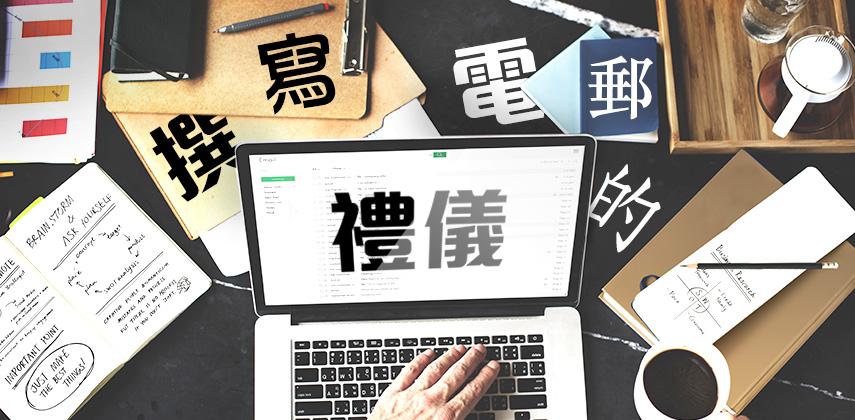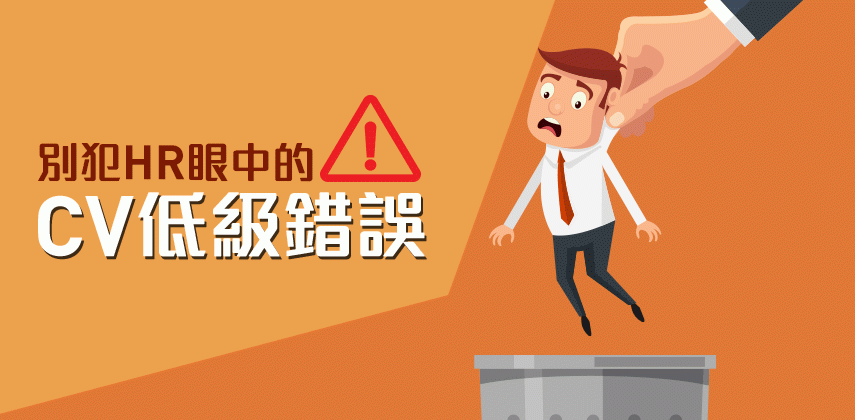Email communication has become the de facto form of communication for business and personal interactions. With so many emails bouncing around, it’s often easy to forget the guidelines of proper email etiquette, especially as its use continue to evolve. Whether you are writing a professional or a personal email, you want to avoid rubbing anyone the wrong way or sending the wrong message, literally and figuratively. Below are recommendations on modern email etiquette you should be following for all your email communications.
Never, ever send a message without proofreading. We have heard this tip before and it may seem like common sense, but it remains important because so many people still do not proofread their emails before hitting the send button. Whether you’re composing an email or forwarding one, make sure that you read it in its entirety to check for content, appropriateness, and clarity before sending. Proofreading can also save you from embarrassment in case there are any spelling mistakes or grammatical errors in your text.
Use brevity. No matter what topic you’re writing about, you should always try to keep your emails brief and to the point because your recipient may have just a moment to read your email and respond to it. When composing your message, be as succinct as possible while still making sure to include all the pertinent information you need. If you must communicate more than a few lines, schedule a time for a call or an in-person meeting instead to discuss the matter.
Don’t use a blank subject line. Your subject line is the first thing people see and it’s what prompts readers to open your email. This is especially true for business emails. Never send an email with a blank subject line. Instead, keep it short and simple, using a brief description that defines the content of your email. This will help both you and your recipient keep track of specific emails, and it makes it easier to go back and find a specific thread when needed.
Keep a clean aesthetic. For the most part, you want to keep your emails visually simple and easy to read, even when it’s a personal email. Most people read emails on the run, while other people have poor eyesight and have a hard time reading anything that is not plain, black text. Additionally, most people don’t want to see emails with different colors, underlines, emoticons, and long signatures. Keep your email aesthetic to a minimum so your email looks clean, modern, and easy to read.
Watch your tone. Although business structures are far more relaxed nowadays and corporate hierarchies may be dissolving, professionalism is and should always be utilised for business-related correspondence. Don’t mistake friendliness and openness for familiarity. You always want to use a more professional tone in your written correspondences. Bear in mind that sarcasm and humour is extremely difficult to achieve effectively in text. Unless you know the recipient well, it’s better to leave the hard to convey tones, like sarcasm and dry humour, out of email.
Respond quickly. We are inundated with emails throughout the day and while it’s not always possible to reply to them all right away, you should target 24 hours as the maximum amount of time people can expect a response from you. Life moves pretty quickly so if you are replying to emails that are more than a few days old, it implies one of two things: your life is out of control and you forgot about the message until just now, or you flagged the message but were too
indecisive to respond sooner. Let people know that responding to their message is a priority to you and don’t make them wait too long for an answer. If you truly cannot offer a full and complete response within 24 hours, at least send them a note to say you have received their email and that you are working on it for them.
Avoid “reply to all” at all costs. When replying to an email, it’s important to be mindful of who you are replying to. Avoid potentially embarrassing or annoying situations by being aware of which “reply” button you click. If you reply to all and divulge information that was only meant for one person, you may find yourself in deep water, at the very least, the source of your team’s annoyance. If necessary, go ahead and start a fresh email thread instead of using reply.





